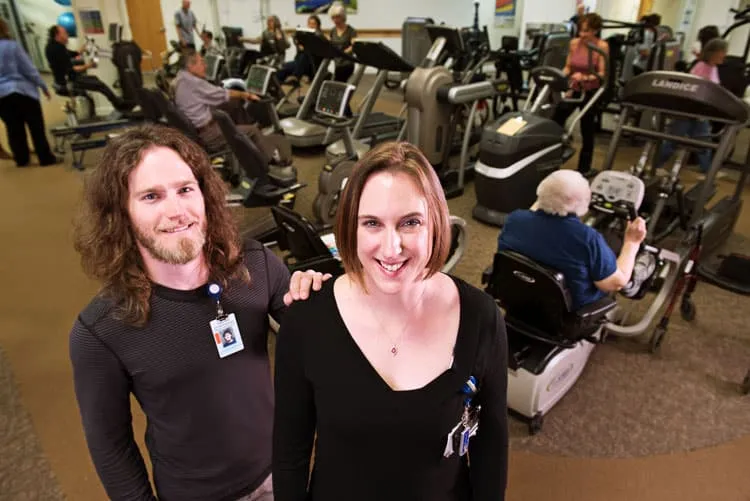Providers target heart disease in women

Prevention ranks higher than treatment when it comes to addressing heart disease in women.
With the disease ranking as the No. 1 cause of death for women in the United States — accounting for one in three deaths — reasons for prevention merit a high ranking as well. Trusted resources, including the American Heart Association and the Centers for Disease Control and Prevention, report that about 80 percent of heart disease is preventable.
To punctuate that fact, the CDC reports that only 54 percent of women recognize heart disease as their No. 1 killer.
THIS ARTICLE IS FOR SUBSCRIBERS ONLY
Continue reading for less than $3 per week!
Get a month of award-winning local business news, trends and insights
Access award-winning content today!
